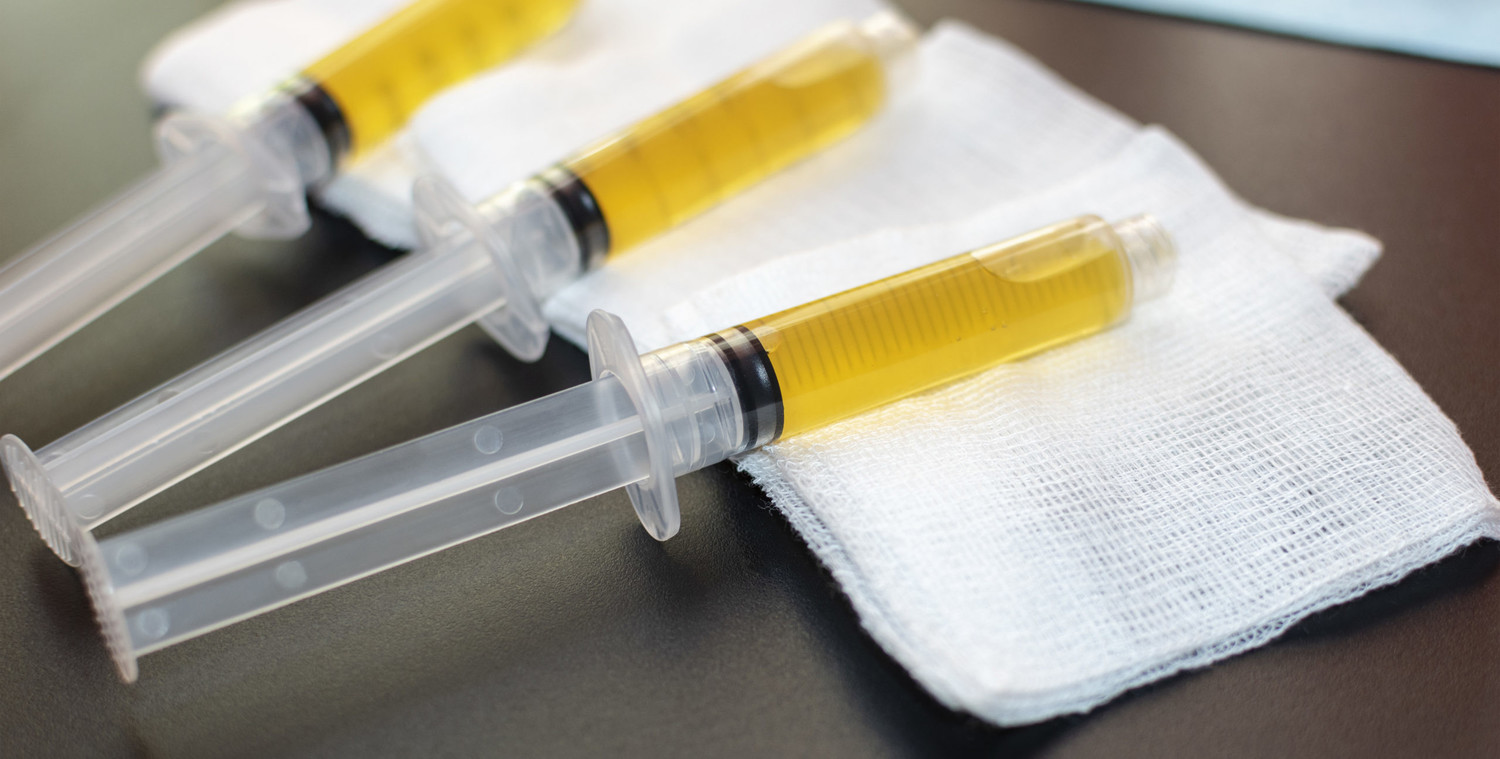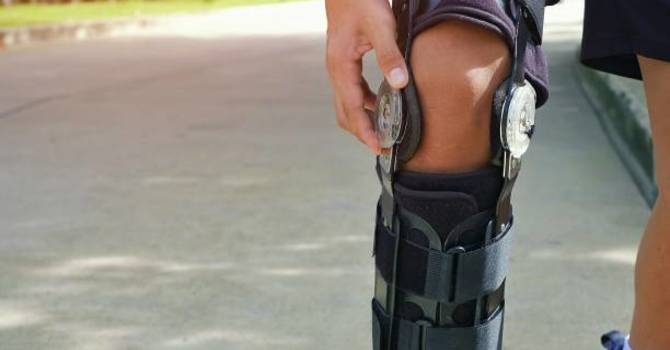
If you’ve been struggling with an ankle injury or chronic pain, you might have heard about Platelet-Rich Plasma (PRP) injections as a treatment option. But what exactly is PRP, and how can it help with ankle issues? Let’s break down what PRP injections are, how they work, and how they might benefit your ankle health.
Understanding PRP Injections
What is PRP?
Platelet-Rich Plasma (PRP) is a concentration of platelets and growth factors derived from your own blood. Platelets are small cells that help with clotting and contain proteins that play a key role in healing. PRP therapy uses a higher-than-normal concentration of these platelets to promote healing and regeneration in injured tissues.
How PRP is Prepared
The process of preparing PRP involves a few simple steps:
- Blood Draw: A small amount of blood is drawn from your arm, similar to a routine blood test.
- Centrifugation: The blood is processed in a centrifuge, a machine that spins the blood rapidly to separate its components. This concentrates the platelets and growth factors.
- Injection: The concentrated PRP is then injected into the injured or painful area of your ankle.
How PRP Injections Help Ankle Injuries
Promoting Healing with PRP
PRP injections aim to accelerate the healing process of damaged tissues. When PRP is injected into the ankle, it introduces a high concentration of platelets and growth factors directly to the injury site. These components stimulate the body’s natural healing processes, encouraging the repair of tendons, ligaments, and cartilage.
PRP Reducing Inflammation
Injuries often lead to inflammation, which can contribute to pain and discomfort. PRP injections can help reduce inflammation in the injured area. By modulating the inflammatory response, PRP can alleviate pain and improve overall function, making it easier to return to normal activities.
PRP Enhancing Tissue Regeneration
The growth factors in PRP not only help with inflammation but also promote the regeneration of damaged tissues. This can be particularly beneficial for chronic conditions like tendinitis or ligament injuries, where traditional treatments might not always provide sufficient relief.
Applications of PRP for Ankle Injuries
Common Ankle Conditions Treated with PRP
PRP injections can be used for a variety of ankle issues, including:
- Ligament Sprains: Sprains are common ankle injuries that can benefit from PRP therapy to accelerate healing and strengthen the injured ligament.
- Tendonitis: Conditions like Achilles tendonitis, where the tendons become inflamed and painful, can see improvement with PRP therapy.
- Cartilage Damage: PRP can help stimulate the repair of damaged cartilage, which is crucial for joint health and function.
Benefits of PRP Over Traditional Treatments
PRP therapy offers several advantages over traditional treatments:
- Non-Surgical: PRP is a non-invasive treatment option that can be used as an alternative to surgery.
- Uses Your Own Blood: Because PRP uses your own blood, there’s a lower risk of allergic reactions or infections.
- Complementary: PRP can be combined with other treatments like physical therapy to enhance overall recovery.
What to Expect During and After PRP Injections
The Procedure
During a PRP injection session, you’ll likely be seated or lying down comfortably. The area around your ankle will be cleaned, and the PRP will be injected directly into the affected area. The procedure is generally well-tolerated, though you might experience some discomfort or soreness during and after the injection.
Post-Treatment Care
After receiving PRP injections, it’s normal to experience some swelling or mild discomfort at the injection site. Your healthcare provider will give you specific aftercare instructions, which may include:
- Resting the Ankle: Avoid strenuous activities for a few days to allow the injection site to heal.
- Ice and Elevation: Applying ice and keeping your ankle elevated can help reduce swelling.
- Follow-Up: You may need follow-up appointments to assess progress and determine if additional treatments are necessary.
Potential Risks and Considerations of PRP
Understanding the Risks
PRP injections are generally considered safe, but as with any medical procedure, there are some risks involved. These can include:
- Infection: Though rare, there is a slight risk of infection at the injection site.
- Bleeding: Minor bleeding or bruising can occur.
- Pain: Some discomfort at the injection site is common but usually temporary.
Cost and Insurance
PRP therapy can be expensive and might not be covered by all insurance plans. It’s a good idea to check with your insurance provider and discuss the costs with your healthcare provider before proceeding with PRP injections.
Conclusion
PRP injections offer a promising approach to treating ankle injuries by utilizing the healing power of your own blood. By promoting tissue repair, reducing inflammation, and enhancing regeneration, PRP therapy can provide relief from pain and support recovery from various ankle conditions. If you’re considering PRP injections for your ankle, consult with a qualified healthcare provider to determine if it’s the right option for you and to understand what you can expect from the treatment. With the right guidance, PRP therapy could be a valuable tool in your journey to better ankle health and overall well-being.

Devin Stone
Contact Me



